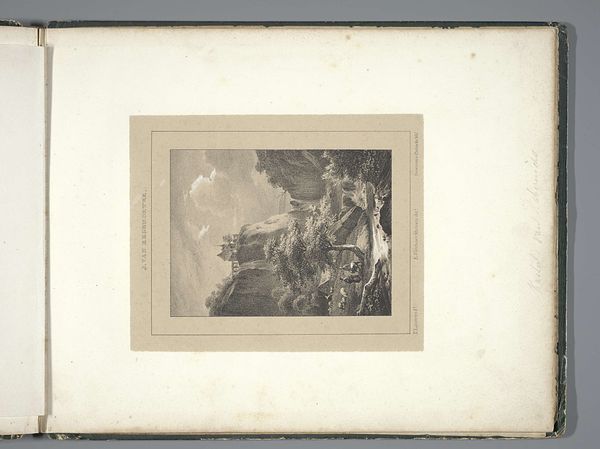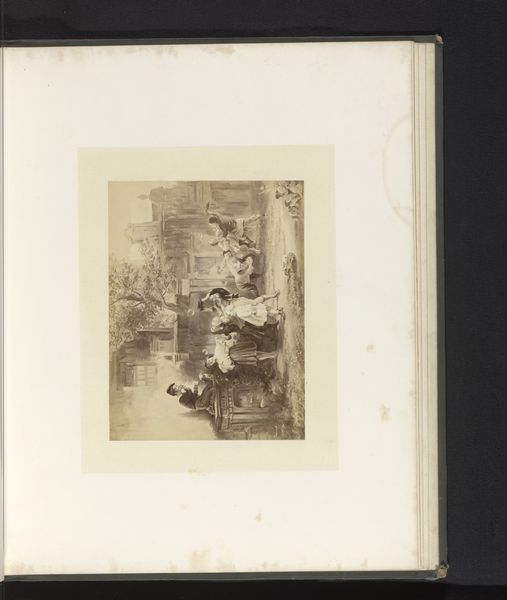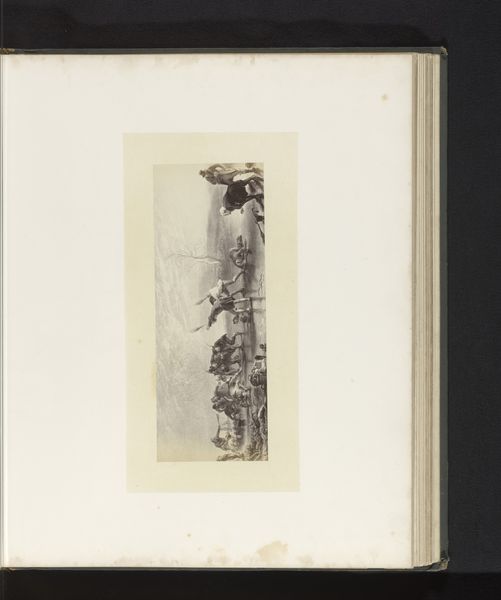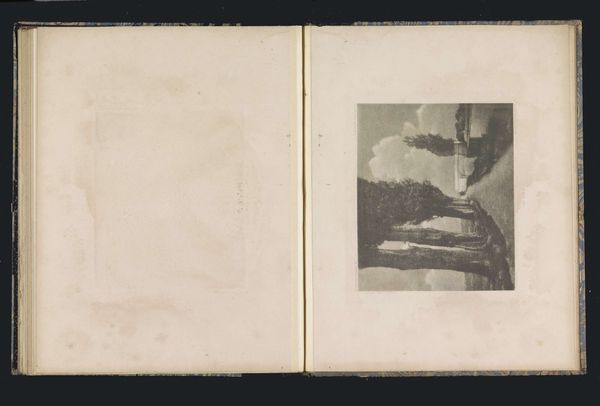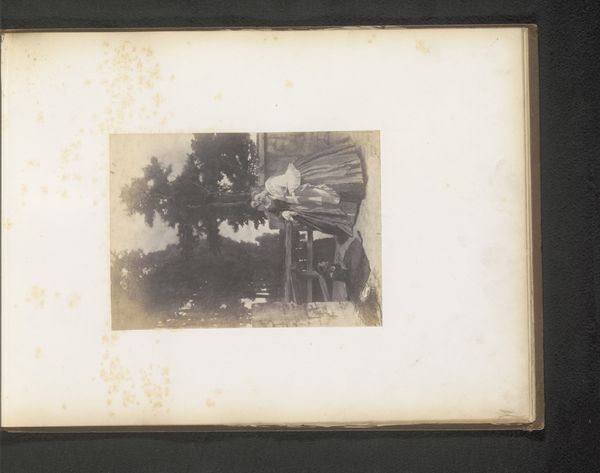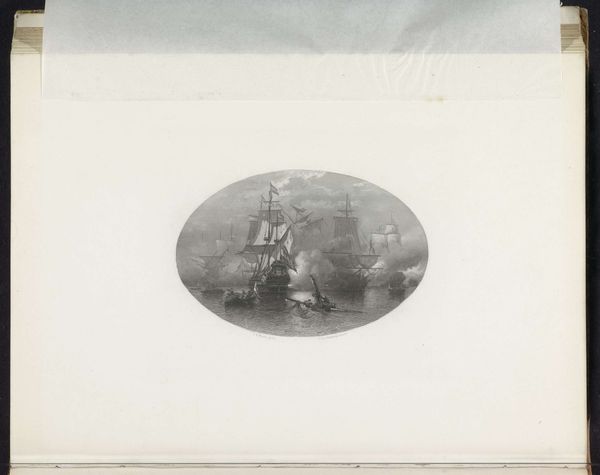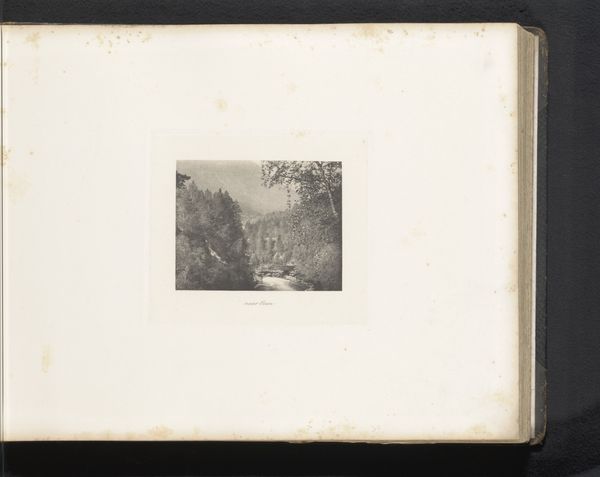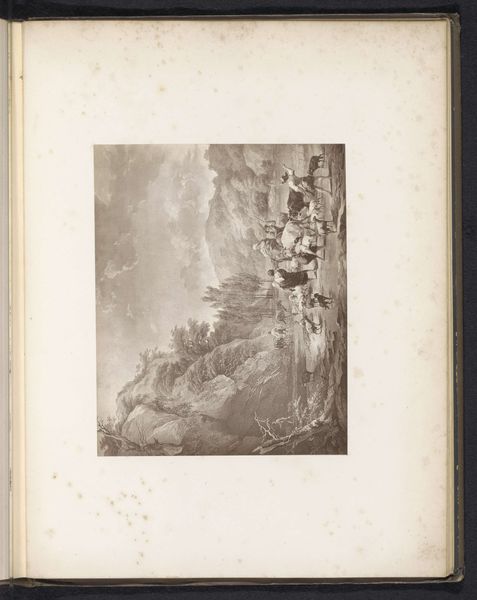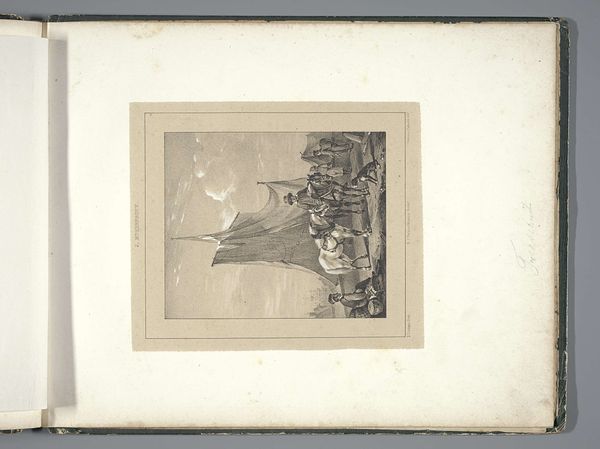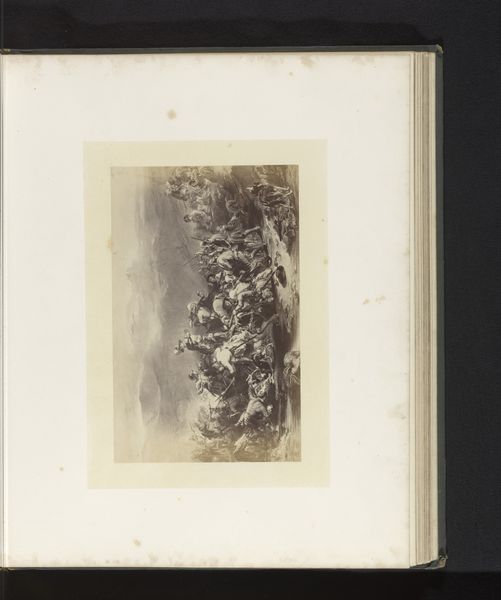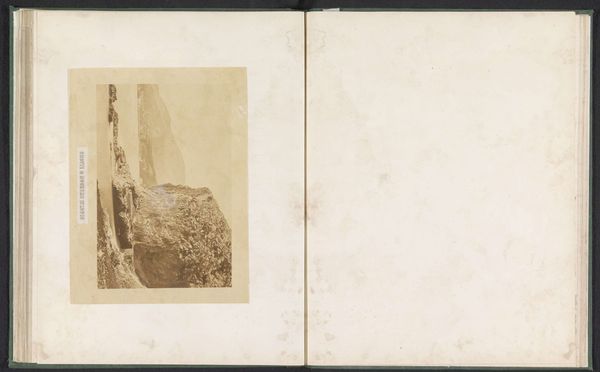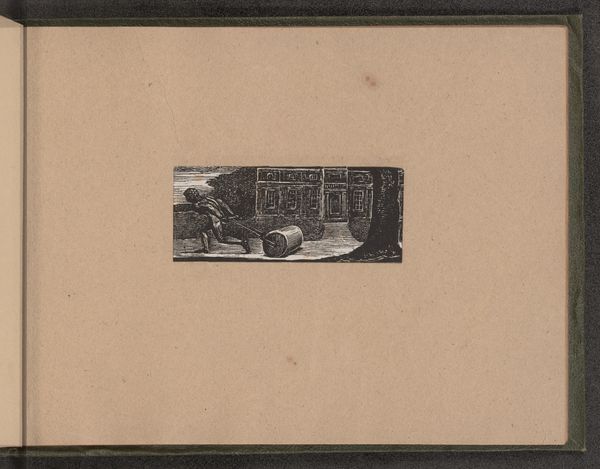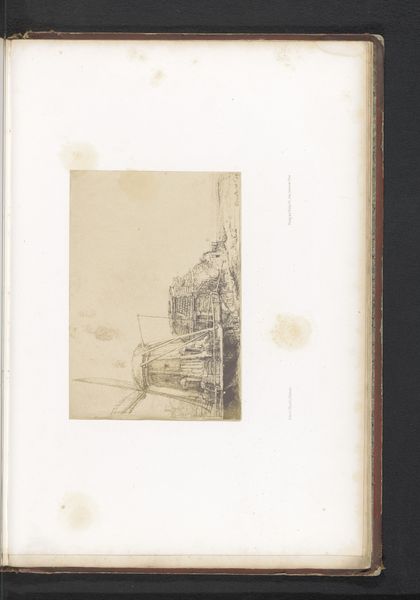
drawing, print, etching, pencil, graphite
#
drawing
# print
#
etching
#
landscape
#
romanticism
#
pencil
#
graphite
Dimensions: height 253 mm, width 198 mm
Copyright: Rijks Museum: Open Domain
Curator: We’re standing before “Schaapherder,” a drawing, etching and graphite work by Paulus Lauters, dating to around 1830, currently residing here at the Rijksmuseum. Editor: It’s rather melancholic, isn’t it? The misty landscape, the drooping posture of the sheep... it evokes a feeling of quiet solitude. Curator: Let's delve into that a little further; look at the evident processes and techniques that would have been implemented by Lauters. Consider the physical effort and labor behind producing such a delicate drawing using a combined medium of etching and graphite on paper at that particular moment in time. Think about how each strike with his etching tool helped give rise to the sheep, shepherd, and misty setting we see. Editor: True, and the choice of sheep themselves! Throughout art history, sheep are constantly seen in this role as representing innocence, sacrifice, pastoral harmony… here they reinforce the romantic ideal of rural simplicity, reflecting a yearning for a simpler, perhaps idealized past. Note the interesting positioning of the sheep versus the goats. What visual connection can be made? Curator: And where was this pastoral idyll manufactured and consumed? Was it made to appeal to a rising urban bourgeoisie, hungry for imagery of a romanticized rural existence so contrary to the rise of industrialized labour? It’s essential to reflect on this and its wider circulation and distribution at the time. It prompts thoughts regarding artistic markets, audience reception and class perceptions. Editor: You're right. I find myself also pondering the shepherd – almost hidden in the landscape. He's less of a focal point and more an element integrated within the broader symbolic picture. Is this possibly a statement on humanity's place within the natural world, dwarfed by forces beyond our control? What connections can be made in that light between the image of the goat/ram on the top right of the art piece and that of the single shepherd in the middle? Curator: I see that now, the image of humanity being dwarfed! Lauters gives us so much to work with here in the physical construction of the art! This is not just about aesthetics but how meaning is manufactured by means of material practice and distributed culturally through mediums of etchings, drawing and graphite. The art here has truly delivered a profound discourse on historical values and cultural construction within Romantic era production. Editor: Indeed. The interplay of technique and symbolism, with Lauters choice of image creates a very complex visual narrative which has evolved from materiality into meaningful story that persists even today. Curator: Absolutely. Examining Lauters artwork in "Schaapherder" allows us a fascinating glimpse into material construction techniques during his practice! Editor: Yes, and reflecting on it from an iconographic perspective helps unveil these symbolic weights.
Comments
No comments
Be the first to comment and join the conversation on the ultimate creative platform.
